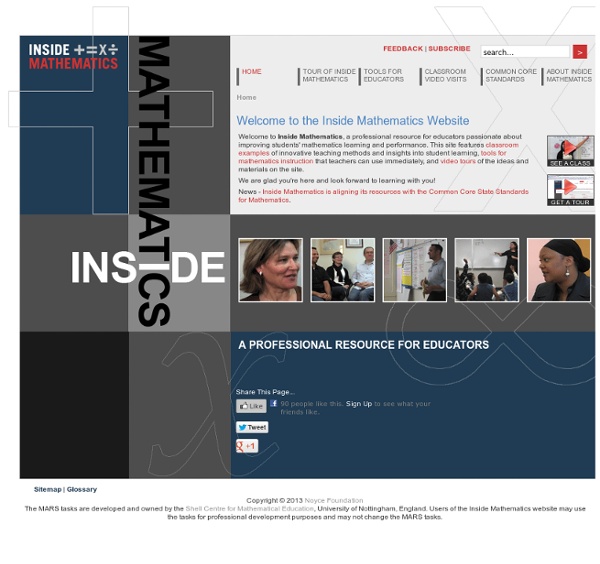



Going Paperless: The Digital Binder I wanted to share a bit of what I’m doing in my various classrooms as a means to go paperless. To me, the need to go paperless is about two things: 1. 2. So it seemed obvious that the most natural next step for my classes was to see if we could go as paperless as possible in as meaningful a way as possible. First thing I should tell you is that we have a class set of iPads and a smattering of Chromebooks in my classroom. I should note that these classes are designated as Honors; however, I will be taking this model to my mainstream classes as well. Here’s how we are progressing: 1. 2. 3. 4. 5. About Me – This is a 3rd person biography page about various interests and hobbies. My Blog – This is a page that acts as a blog, but doesn’t mimic one entirely. Works in Progress – This is the page that, like the blog, links to all rough drafts that are in progress or activities that show the writing process. Final Drafts – This one’s obvious. 6. A 3-ring binder gets full. Tweet This Post
Dr. Nicki's Guided Math Blog illustrativemathematics Typesetting math: 100% <h3 class='noscript'> This site requires a Javascript-enabled browser. </h3> illumination:K fragment rendered at 2014-06-12 03:51:15 +0000 Kindergarten K.G. K.G.B. No tasks yet illustrate this standard. K.G.B.4. K.G Alike or Different Game K.G.B.5. No tasks yet illustrate this standard. K.G.B.6. No tasks yet illustrate this standard. Loading... Math Wars: The Debate Between Higher-Order Vs. Rote Learning - Getting Smart by Marie Bjerede - edreform, lrnchat, mathchat Recently, EdSurge published a fabulous post highlighting the escalating rhetoric that the Khan Academy has inspired among math educators and edupreneurs. Sal Khan’s success has brought to the forefront a discussion that has been ongoing in academic and education circles for some time. This debate parallels the one about Common Core Math Standards exemplified by the Wurman and Wilson article referenced in a recent Getting Smart post. At the heart of the debates is the tension between teaching students to accurately perform math computation and procedures versus teaching students higher-order mathematics skills. And yet, there seems to be general agreement that we want kids to understand the math as well as be able to perform it. But then, that same research points out that the chunking that happens also relies on deliberate practice – about 10 years of it to become an expert in anything. Higher-Order Thinking Versus Rote Learning Khan Academy Raises the Floor
Mathematics K-5 · CCGPS Mathematics Grades K-5 · CCGPS Mathematics Glossary Third grade teachers working on unit revisions at GaDOE (June 2013) 2013-2014 CCGPS Mathematics Unit Frameworks Teacher and Student Editions of the 2013-2014 CCGPS Mathematics Unit Frameworks were posted on July 1, 2013, to GeorgiaStandards.Org and Learning Village. These unit frameworks reflect the thoughtful collaboration and dedication of mathematics teachers, coaches, and supervisors from across the state of Georgia. K-5 CCGPS Mathematics Overview The K-5 standards are organized using domains, overarching ideas that connect topics across the grades, clusters that illustrate progression of increasing complexity from grade to grade and standards which define what students should know and be able to do at each grade level. The focus in the K-5 standards is comparable to that seen in high-performing countries.
STEM Collaborative.org - Home Third Grade Thinkers Multiplication Rock Schoolhouse Rock was a series of three-minute Saturday morning lessons on math, grammar, civics, and science that ran from 1973-1985 on ABC television. Undoubtedly the most famous installment was "Conjunction Junction," but "Three is Magic" was the very first one, debuting in 1973. The theory was that putting multiplication facts to music would make them easier for kids to learn. To hear the music and read the lyrics, click on a number below.